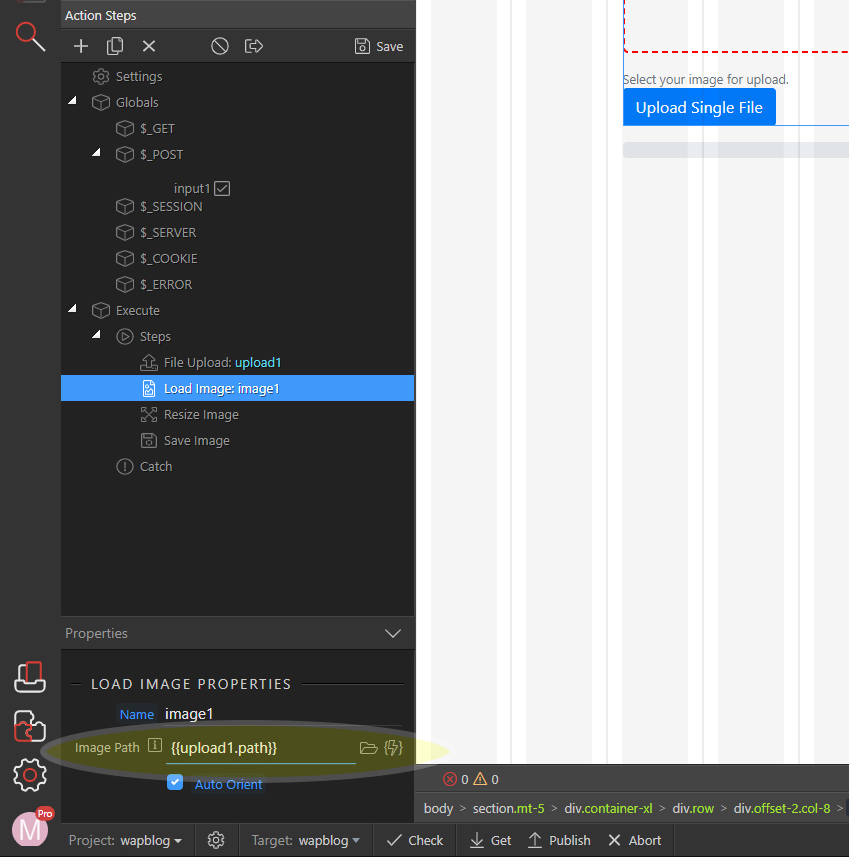
You’ll also notice that, in the directory tree on the left, all the assets under the main database are highlighted.Ģ. This should open the directory structure in the right-hand window. On the directory tree on the left, click the database you want to back up. The export function is used as a backup, and the import function is used to restore. If you’re running phpMyAdmin backing up and restoring your MySQL database is simple. Using phpMyAdmin to Back Up or Restore MySQL Make sure that you specify the exact path for the dump file you’re restoring, including server name (if needed). It’s likely that on the host machine, can be in a root directory, so you may not need to add the path. To restore a MySQL backup, enter: mysql -u -p <. Since the dump file has the commands to rebuild the database, you only need to create the empty database. This creates the foundation file that mysqldump will import the data into. Make sure you’ve named it the same as the database you lost.

On the system that hosts the database, use MySQL to create a new database.
#SAVE WIDEIMAGE TO DATABASE HOW TO#
sql How to Restore MySQL with mysqldump Step 1: Create New Database To include more than one database in the backup dump file: sudo mysqldump -u -p >.

To back up of an entire Database Management System: mysqldump -all-databases -single-transaction -quick -lock-tables=false > full-backup-$(date +%F).sql -u root -p
#SAVE WIDEIMAGE TO DATABASE PASSWORD#
Replace with your username and password (if needed).To back up your MySQL database, the general syntax is: sudo mysqldump -u -p >. The mysqldump client utility can dump a database including the SQL statements required to rebuild the database.īy default, the dump file includes the SQL commands to restore the tables and data. Mysqldump utility (should be included with your MySQL software)īack Up from the Command-Line with mysqldump.


 0 kommentar(er)
0 kommentar(er)
